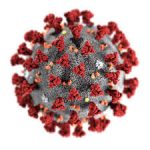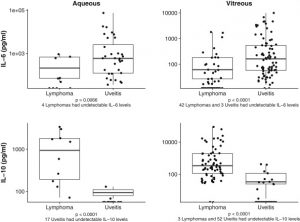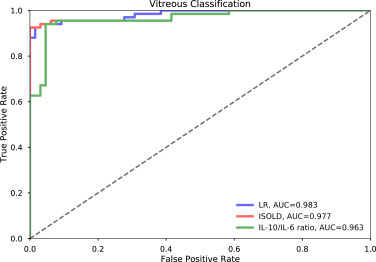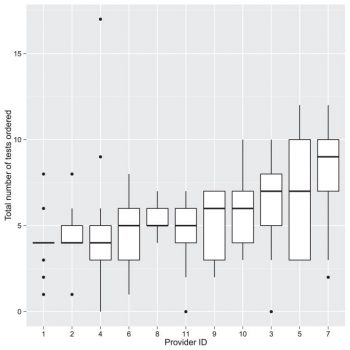In this report of results from a survey of international uveitis experts, the authors provide guidance on the use of immunomodulatory therapy for systemic treatment of non-infectious uveitis during the coronavirus disease-2019 (COVID-19) pandemic.
Noninfectious uveitis is usually treated with corticosteroids and conventional immunosuppressive agents. Biologics are used when long-term treatment is required and a corticosteroid-sparing approach is necessary. One of the most important concerns related to immunomodulatory therapy is the increased risk of infections, as these drugs act by limiting the patient's immune responses. Patients who may be at additional risk of infection with coronavirus and/or a more severe course of, or even fatality from, COVID-19. Therefore, during the pandemic, there is an urgent need for guidance on how to manage patients with uveitis.
Continue reading "Evolving consensus for immunomodulatory therapy in non-infectious uveitis during the COVID-19 pandemic"




